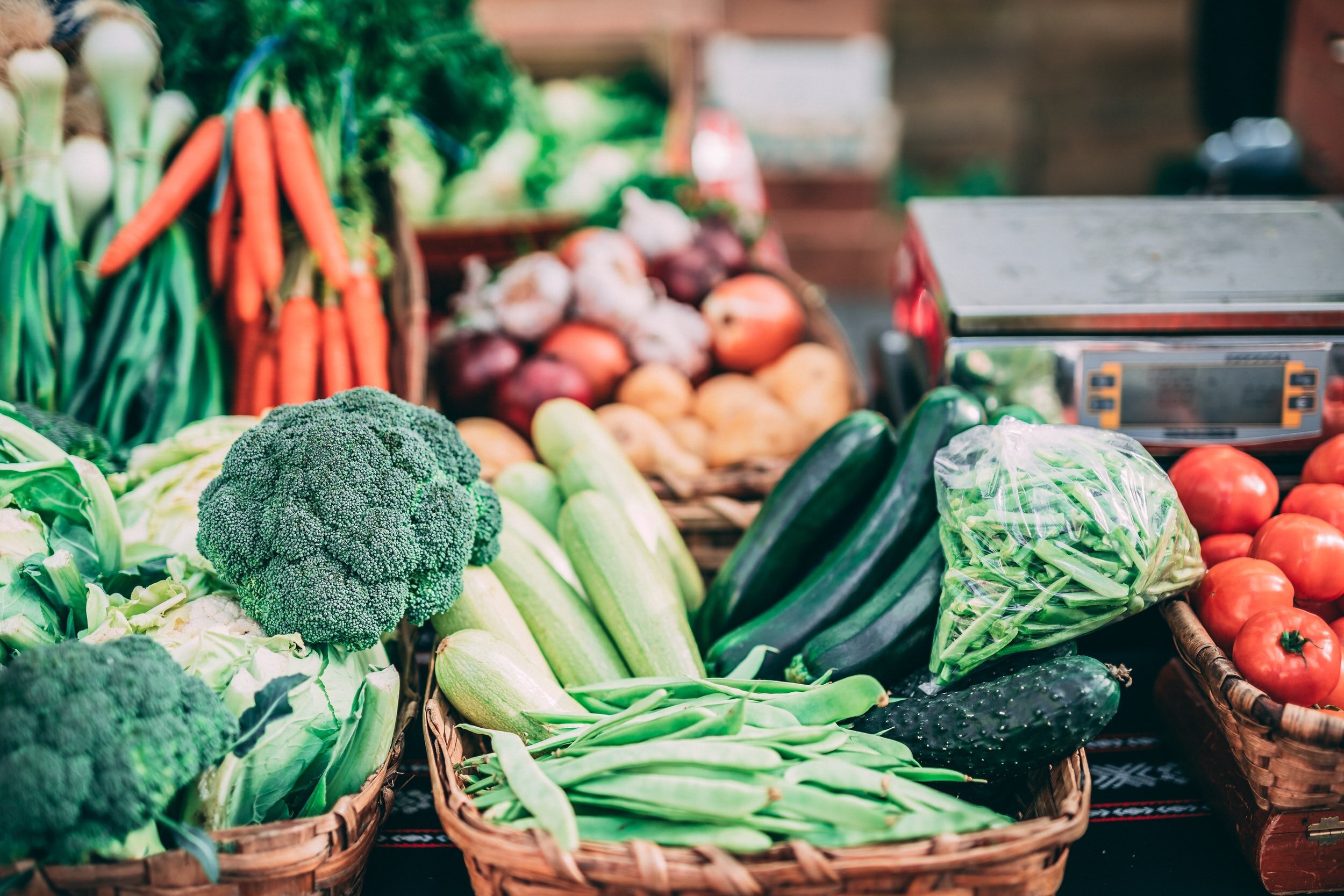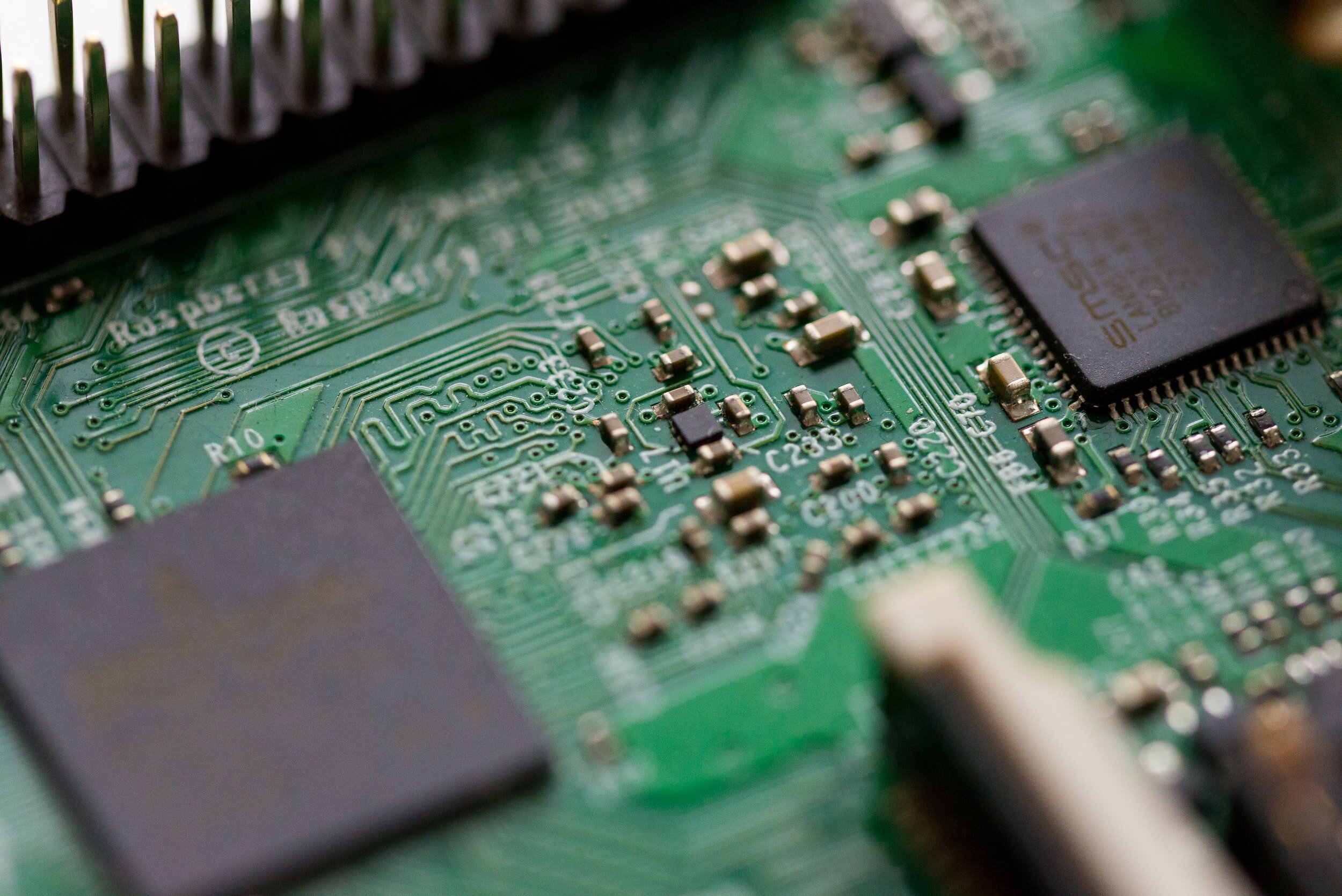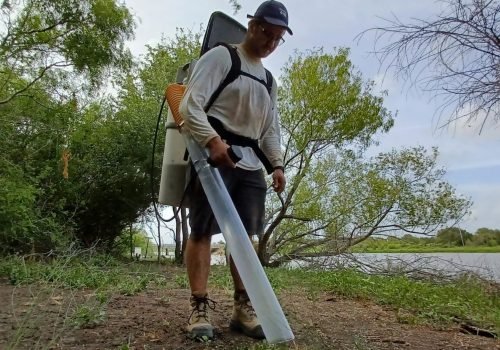Plastic and Climate Change
We all know the threat plastic poses to our oceans, but what about its connection to climate change?
In recent years, the collective consciousness surrounding plastics in the environment has grown. Even the most casual internet scrollers have likely seen photos of the detrimental effects that single-use plastics can have on the environment; landfills filled to the brim, plastic debris polluting even the most remote coastlines, and of course, the infamous and tragic viral video of the turtle with a plastic straw lodged in its nose.
Single-use plastics are a massive threat to the safety and well-being of wildlife, they cause microplastic pollution, and cost communities millions of dollars to clean up, but did you know that they are also contributing to climate change?
The connection between plastic and climate change
Plastic emits greenhouse gasses in every stage of its lifecycle, from extraction, to transport, refining, manufacturing, and finally, waste management.
Almost all plastic is made from fossil fuels such as oil and gas. According to WWF, 4% of the annual global petroleum production is used to make plastic, while an additional 4% gets burned in the refining process.
Though 8% may not seem like a lot, in 2019 it was estimated that 850 million tonnes of greenhouse gases would be emitted into the atmosphere by global plastic production by the end of that year. This had an impact on climate change equivalent to 189 five-hundred-megawatt coal-fired power stations.
A report published by the Centre For International Law (CIEL) titled Plastic & Climate: The Hidden Costs of a Plastic Planet concluded that the greenhouse gasses emitted from the plastic lifecycle threaten the ability of the global community to reach its goal of preventing the global temperatures from rising above 1.5°C.
What about littered plastic?
We’ve seen firsthand how plastic pollution is affecting our local environment. To date, A Greener Future has picked up more than 5.6 million pieces of litter, mostly in the Lake Ontario area. Of that 5.6 million pieces, 90% were made of plastic.
Unfortunately, the problem doesn’t end there. One groundbreaking study found that plastic floating on the surface of the ocean releases greenhouse gases, including methane. As the plastic breaks down from exposure to water, sunlight and air, it will continue to release these emissions.
Only 1% of plastic in the oceans is found on the surface; further research is needed to determine whether the remaining 99% of plastic in deeper parts of the ocean is releasing greenhouse gasses.
With the confirmation of the link between ocean plastic and climate change, the urgency to clean up and protect our local oceans and watersheds has become even more clear.
The Canadian Government reports that in 2016 alone, 29,000 tonnes of plastic pollution entered the natural environment. Without action, this number could rise to 40,000 tonnes by 2030.
Litter found at an A Greener Future cleanup
How to Take Action:
Wide-scale action is needed to tackle the issue of plastic pollution and to help keep rising temperatures under the 1.5°C threshold. Government and industry have a huge role to play in this, but there are some actions that we can take as individuals to inspire and make change in our communities.
Say goodbye to single-use plastics: Canada has made a huge leap forward in its plan to ban single-use plastics by 2022. As an individual, you can reduce your plastic footprint by saying no to single-use plastics like grocery bags, straws, or cutlery when possible. You can also search for plastic-free alternatives to some of your staple items. We’ve compiled a directory of some of our favourite low-waste stores in the Lake Ontario area.
Learn and act: Environmental stewardship is a lifelong commitment. Seek out resources to learn more about issues related to climate and the environment, and then take action. We have a wealth of resources in our Action Guide - now it’s up to you to learn, grow, think critically and make the changes you think are best for the environment.
Vote: Governments will need to step up and show leadership in our fight against climate change. Vote for candidates whose values align with your own and make your voice heard.
Get Involved: It’s easy to feel small when we’re faced with huge challenges like climate change. Seek out local community action groups to connect with like-minded people and to take action in your local communities. In the spring and summer months, A Greener Future connects hundreds of amazing and passionate individuals at our litter cleanups. Follow us on Instagram for updates on our litter cleanups.




















